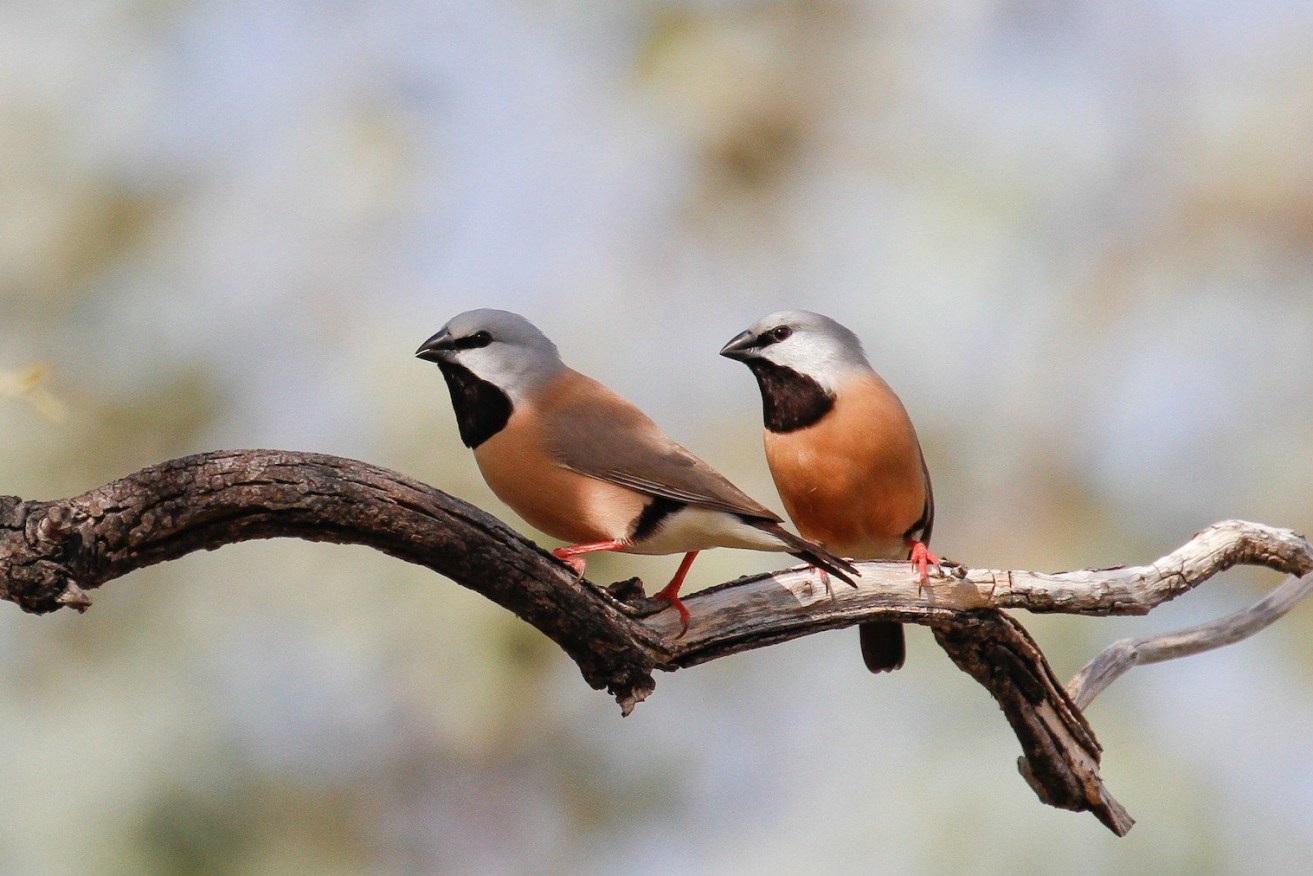After the political storm the tiny bird that almost stopped Adani is ‘thriving’
The tiny bird that almost scuttled Adani’s (Bravus) notorious mine in central Queensland and became an emblem for the anti-coal fight appears to be “thriving”, according to the company.


Image: James Kennerley
The black-throated finch, a tiny bird that became bird of the year in 2020 and was the subject of its own management plan, has sparked an extraordinary amount of work that included 12 years of study, DNA analysis, observation of behavioural patterns, bioacoustic recordings and surveys, according to Bravus.
In 2019, the finch along with the greater debate about Bravus and coal mining, was central to the re-election of the Morrison Government when the coalition received a massive swing in central Queensland. After that, the Palaszczuk Government gave up its opposition to the project and waved through approvals that had been holding up development.
The bird has also created changes to Bravus’s land management plan which now includes cultural burning, adjusting cattle stock rates on the pastoral areas of the lease and managing pest animals and weeds.
About 140 of the birds were given radio tags and 263 with colour bands so that scientists could study the population living on the massive area within the Bravus mining lease.
Bravus’s Carmichael mine site was one of the few places left where the bird existed and scientists were highly critical of the management plan which included an area where the bird didn’t exist.
It has been estimated there are fewer than 1000 birds left in the Townsville coastal region and in 2016 they were declared extinct in NSW. The birds have also been found in the brigalow belt and desert uplands around the mine site.
“This work has informed our first official population estimate and we are thrilled to report that there are approximately 2200 finches within the combined 75,000 hectares of Bravus’s pastoral lease and conservation area,” Bravus said.
“The research helped us better understand the finch’s habitat use, movements, foraging behaviour, nest site selection and relationship with water.
Academics said the finch had been observed only a handful of times in just a tiny proportion of the area Bravus bought for conservation purposes near the mine site.
“The finch has had more than 10,000 years to occupy and breed in the proposed conservation area that is supposed to offset the impact of the mine. It hasn’t, and it probably won’t,” a group of academics wrote in The Conversation.
The mine site is the habitat for the most significant known remaining population of the black-throated finch, a species that is listed as endangered both nationally and in Queensland.
“The insights from the research have helped us to improve our Black-throated Finch Management Plan. The results will also be shared with the Queensland Government to care for Black-throated Finch populations in other parts of the state,” Bravus said.












